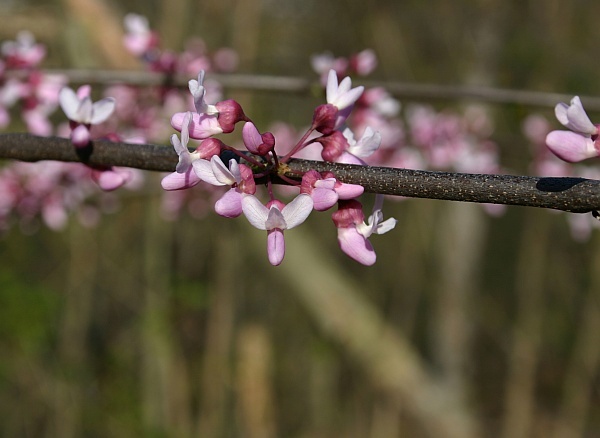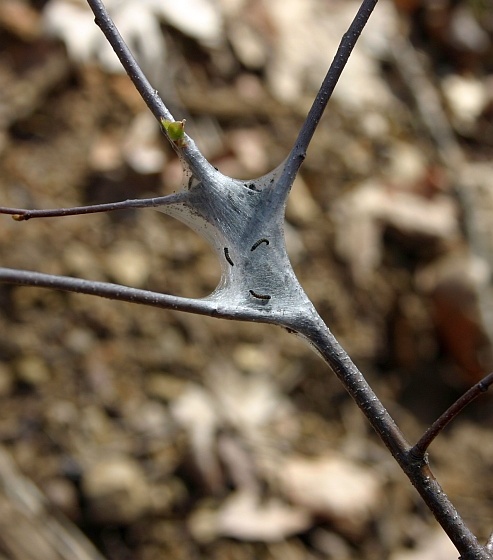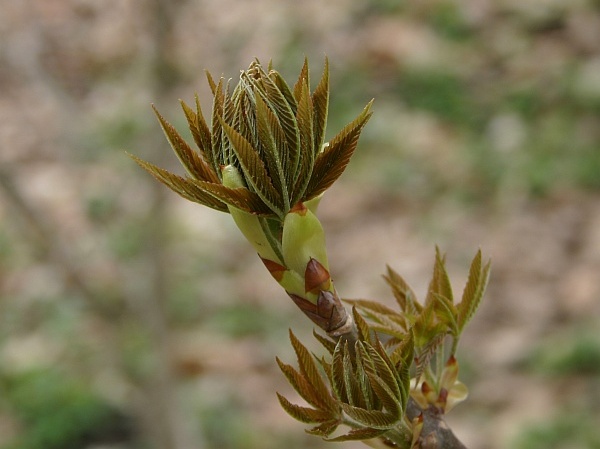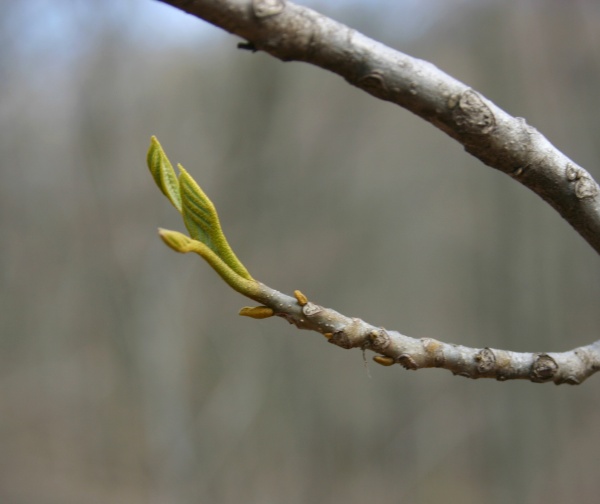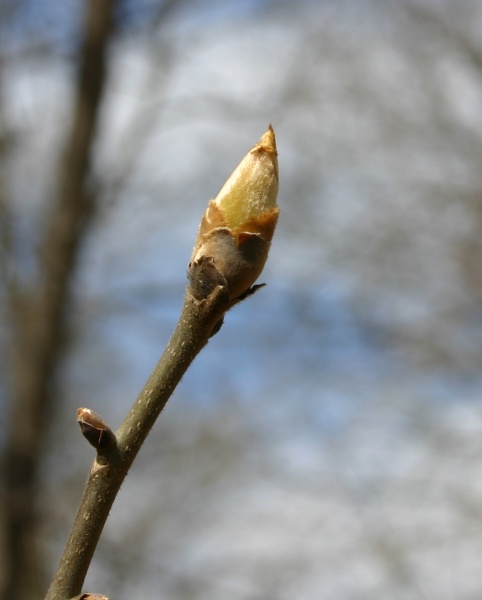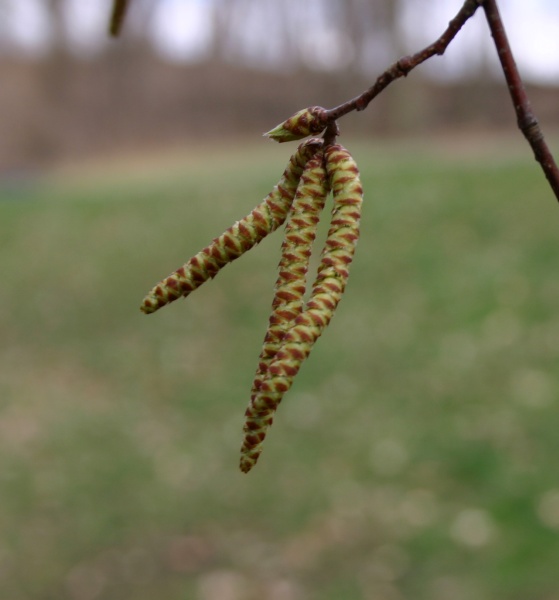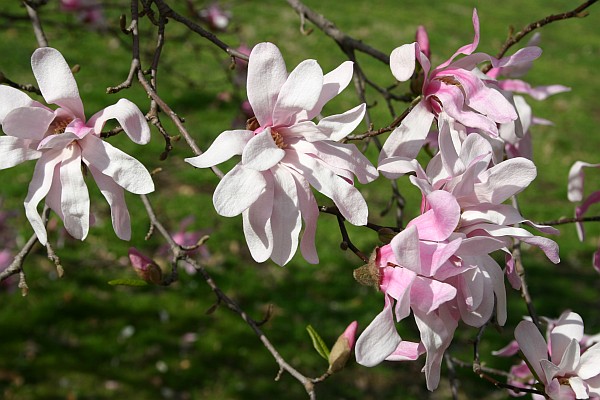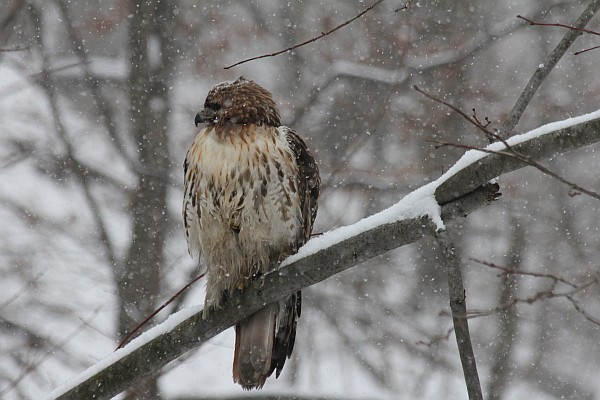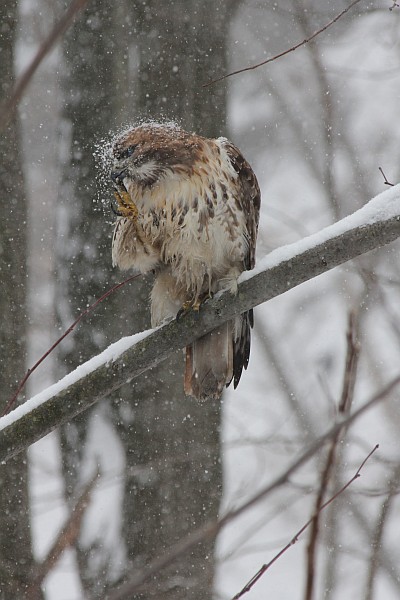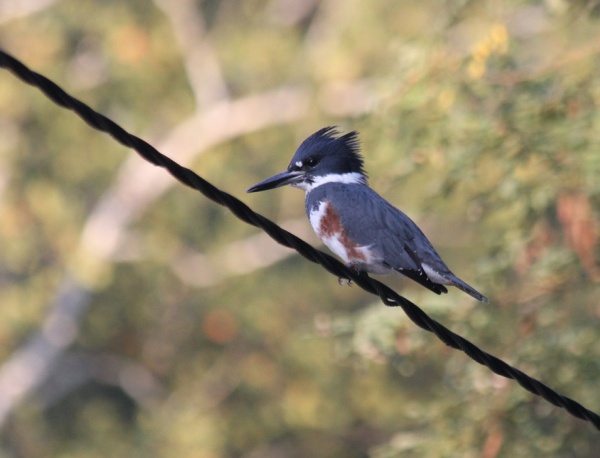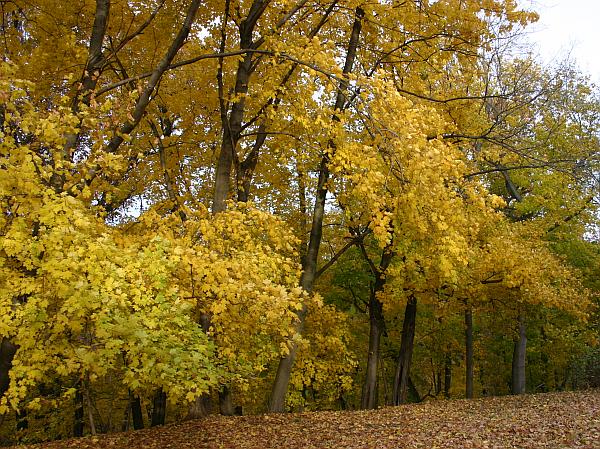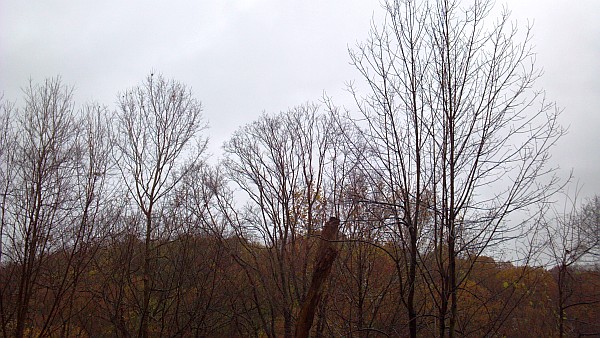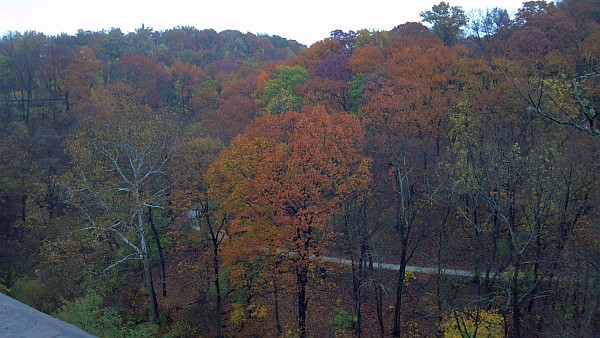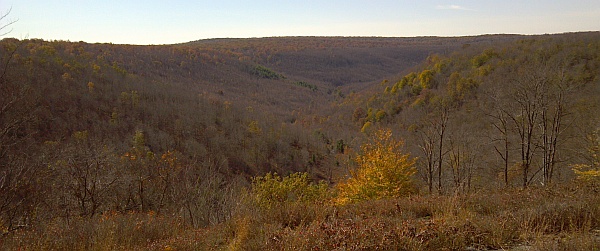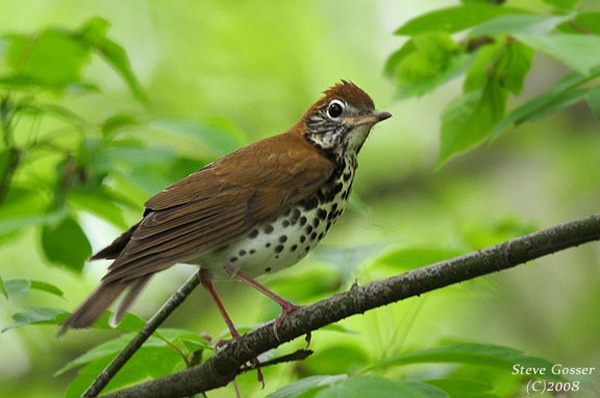
16 May 2013
I heard my first wood thrush this year in Schenley Park on April 24 but the real influx didn’t occur until May 8. On that morning the wood thrush population in the park doubled overnight.
Each bird made the trip from eastern Honduras or Nicaragua in 13-15 days. Thanks to ongoing migration studies by Bridget Stutchbury’s University of York team, we now know where wood thrushes spend the winter, how long it takes to get here, and the routes that individual birds take.
Stutchbury pioneered the use of tiny geolocators, smaller than a penny, that record only two things: the universal date-time (UTC) and the amount of light. Crunch a year of data and you get sunrise, sunset and day length which reveal the bird’s location each day. To collect this data, the tagged bird had to return from migration (a 60% chance) and be re-trapped to remove the geolocator (90% success rate, skill required!).
Now that the team has tracked some individual wood thrushes for several years they’ve found that:
- Wood thrushes fly more than 300 miles a day on migration.
- In the fall, they may stopover in the southern U.S. or the Yucatan for one to four weeks before proceeding to their final destination.
- They dawdle in the fall but return two to six times faster in the spring because they barely stop at all.
- Wood thrushes who live near each other in Pennsylvania don’t scatter when they get to Central America. A single breeding population from Pennsylvania spends the winter in a narrow band of forest in eastern Honduras and Nicaragua. If that forest disappears, so will all those wood thrushes.
- Wood thrushes don’t use local weather cues to determine when to head north. Instead they have built in endogenous triggers similar to long-distance shorebirds. Some of their triggers are so accurate that individuals begin northward migration on the same day every year.
- Though wood thrushes tend to have a favorite departure date they don’t take the same route every year. The route depends on weather and fitness.
- First year birds tend to leave the wintering grounds later than those who’ve made the trip before.
So I’ll bet those early wood thrushes are the older, experienced birds who left Central America around April 10. Two weeks and more than 2,000 miles later they arrived in my neighborhood on the day the rest of the flock left the wintering grounds.
Awesome!
For more on these studies, click here for background on the 2010 report and here for their 2012 findings.
(photo by Steve Gosser)
